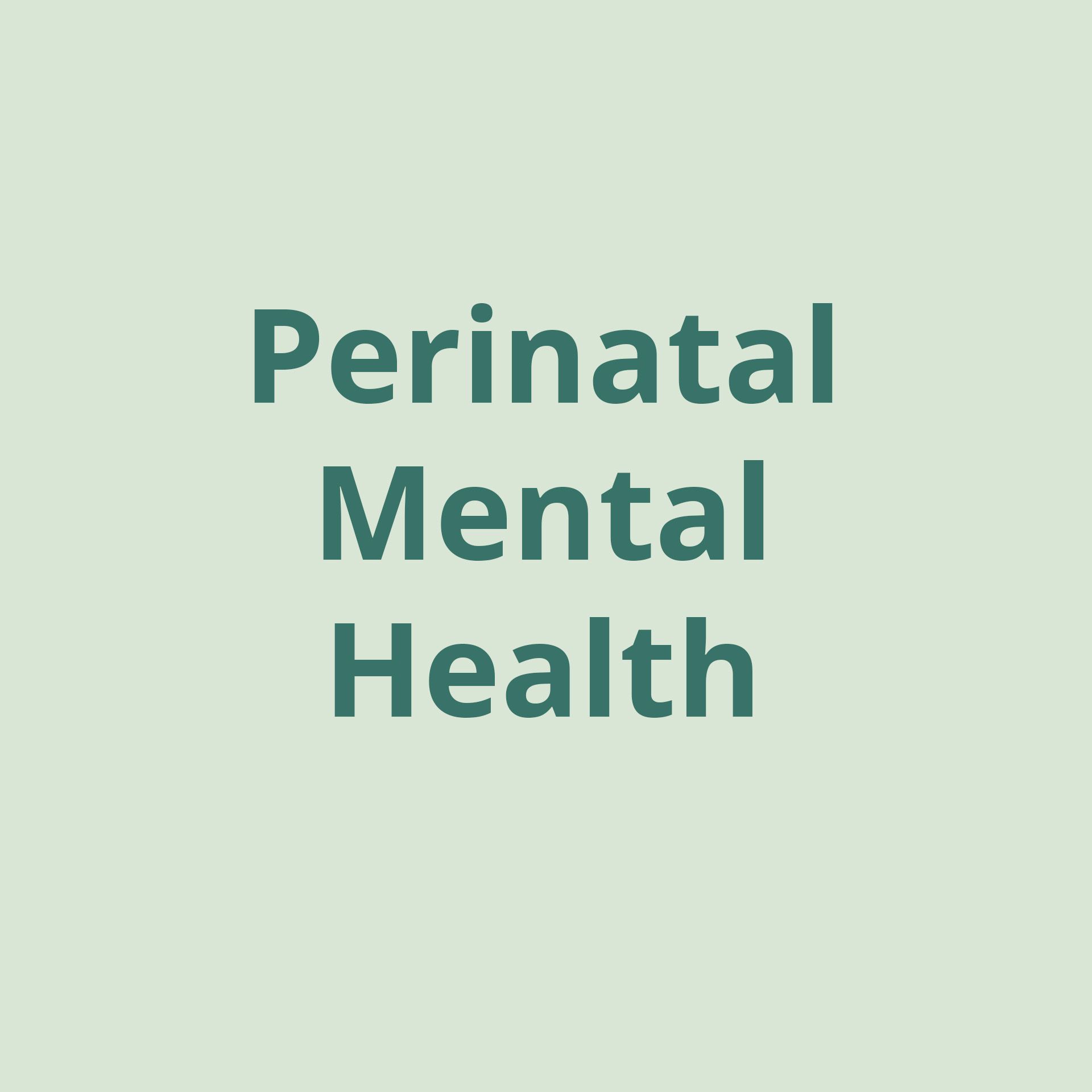What to Do if You Think Your Teen Has an Eating Disorder

Teen eating disorders are serious.
As a parent or caregiver, one of the most difficult situations you can face is noticing that your teen may be struggling with a basic human need like eating. Adolescence is already a rough period for many teens filled with fluctuating emotions, changing bodies, and social pressures. However, sometimes coping with these challenges can manifest in unhealthy ways, like developing complicated relationships with food, body image, control, or exercise.
Many teens face body image issues as their bodies mature, excessive pressure to meet unrealistic expectations fueled by social media and peers, and emotional instability and anxiety during their adolescent years, all of which can combine to create the perfect storm for an eating disorder. These challenges can often make your teen more vulnerable to
unhealthy coping mechanisms, such as restricting food intake, excessive exercise, or engaging in disordered eating
behaviors. If you’ve started noticing signs that something may not be right, it’s essential to take action to help your teen get the support they need.
Recognizing the Signs of an Eating Disorder
Eating disorders can vary in appearance, but there are some common signs and symptoms to watch for. If you notice any of the following behaviors or changes in your teen, it may indicate a problem that requires further attention:
- Preoccupation with body image: Teens with eating disorders often show increased focus on their weight or appearance, frequently expressing dissatisfaction with their body.
- Excessive discussions about dieting: If your teen frequently talks about dieting, food restriction, “getting skinny,” or often makes weight-related comments, this could be a red flag.
- Obsession with calorie counts: Teens who are obsessed with tracking every calorie, comparing the caloric content of foods, or controlling their calorie-intake may be struggling with an eating disorder.
- Skipping meals: Frequently skipping meals or not eating regularly is a common sign that something is wrong.
- Eating in isolation: Eating alone or avoiding family meals may signal discomfort with eating or shame around food.
- Excessive exercising: Over-exercising or using exercise as a way to purge calories can also point to an eating disorder.
- Spending long amounts of time in the bathroom: This could be a sign of emerging or purging behaviors, such as vomiting after meals.
- Hoarding foods: Hiding food or being secretive about eating may indicate issues with food control and secrecy around eating habits.
- Irregular periods or thinning hair: In females, a disruption in menstrual cycles or thinning hair can be physical signs of the effects of an eating disorder on the body.
How Can I Talk to My Teen About Eating Disorders in a Supportive Way?
Approaching a conversation about eating disorders with your child requires sensitivity and care. It's important to emphasize empathy and understanding, conveying that your primary concern is your teen's health and well-being. Initiating this conversation compassionately can create an environment of trust and openness to explore the problem. Selecting a calm, comfortable, and private setting is vital so your teen feels safe discussing a sensitive topic that may cause them to feel anxiety or shame.
Effective communication hinges on using open-ended questions and active listening. Encourage your teen to share their thoughts and feelings without fear of judgment. By actively listening, you validate their experience, making them feel heard and understood. Before diving into the conversation, educating yourself about eating disorders can provide a solid foundation for discussing the issue knowledgeably. Some quick preparation with research allows you to dispel myths and provide accurate information when you talk to your teen.
Why It's Crucial to Seek Medical Help
When you notice warning signs, it’s important not to wait to get help. Eating disorders can be life-threatening, both physically and emotionally. They take a serious toll on a teen’s health, affecting their metabolism, hormonal function, and overall well-being. Beyond the physical impact, eating disorders can often involve deeply ingrained psychological and emotional challenges, such as low self-esteem, anxiety, depression, and trauma.
After an initial conversation, the first step is to schedule an appointment with a medical provider. Your teen’s primary care doctor or a pediatrician can help evaluate their physical health and provide guidance for next steps. Be prepared to discuss the specific behaviors or signs you’ve observed, as this will help your provider better understand the situation. The doctor may conduct a physical examination, lab tests, and discuss your teen's emotional and psychological state.
Building a Support Team
Once you’ve taken the first step to ensure your teen’s immediate medical needs are addressed, it’s time to build a multidisciplinary treatment team. This may include:
- Therapists: A licensed, specially trained therapist who specializes in eating disorders or adolescent mental health can help your teen address the emotional and psychological root causes of their disorder.
- Medical doctors: Your teen’s doctor can monitor their physical health during the recovery process, ensuring they are safe while navigating the challenges of nourishing their body.
- Nutritionists or dietitians: A professional who specializes in eating disorders can create a nutrition plan tailored to your teen’s specific needs and help them rebuild a healthy relationship with food.
- Psychiatrists: In some cases, medication may be prescribed to address underlying mental health issues contributing to their behavior.
Act Quickly and Seek Professional Guidance
It’s crucial to act as soon as you recognize signs of an eating disorder in your teen. The longer eating disorders go untreated, the harder they can be to overcome. Recovery from an eating disorder is a complex journey, involving both physical and mental obstacles to tackle. It can be incredibly difficult for both the teen and the family to manage this process at home without professional support.
A well coordinated team of medical providers, therapists, and eating disorder specialists is essential in guiding your teen through their recovery. This team can help monitor your teen’s progress, provide emotional support, and ensure that your teen is getting the care they need for both short and long-term recovery.
Supporting Your Teen on Their Recovery Journey
Eating disorders are serious, but with the right care and support, recovery is possible. If you suspect that your teen may have an eating disorder, don’t hesitate to reach out for help. Seek medical advice first, and build a support team of professionals who can work together to provide comprehensive care. Eating disorders are complex, and it’s not something you or your teen should have to face alone. Taking swift action and offering compassionate support will help your teen regain control of their health and their life so that they can thrive through their adolescence and beyond.
At Thrive, we offer
specialized treatment
for anorexia, bulimia, binge-eating disorder, and avoidant/restrictive food intake disorder (ARFID). Our adolescent intensive outpatient and partial hospitalization programs have not only changed lives, but saved them. If you believe your teen is struggling, don't hesitate to reach out for help, we are ready to conduct a complimentary intake assessment today. To learn more about eating disorders, download our free guide
"Recovery is Real"
filled with practical insights and strategies to help a loved one navigate the journey toward recovery.








